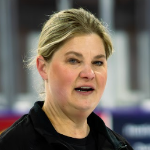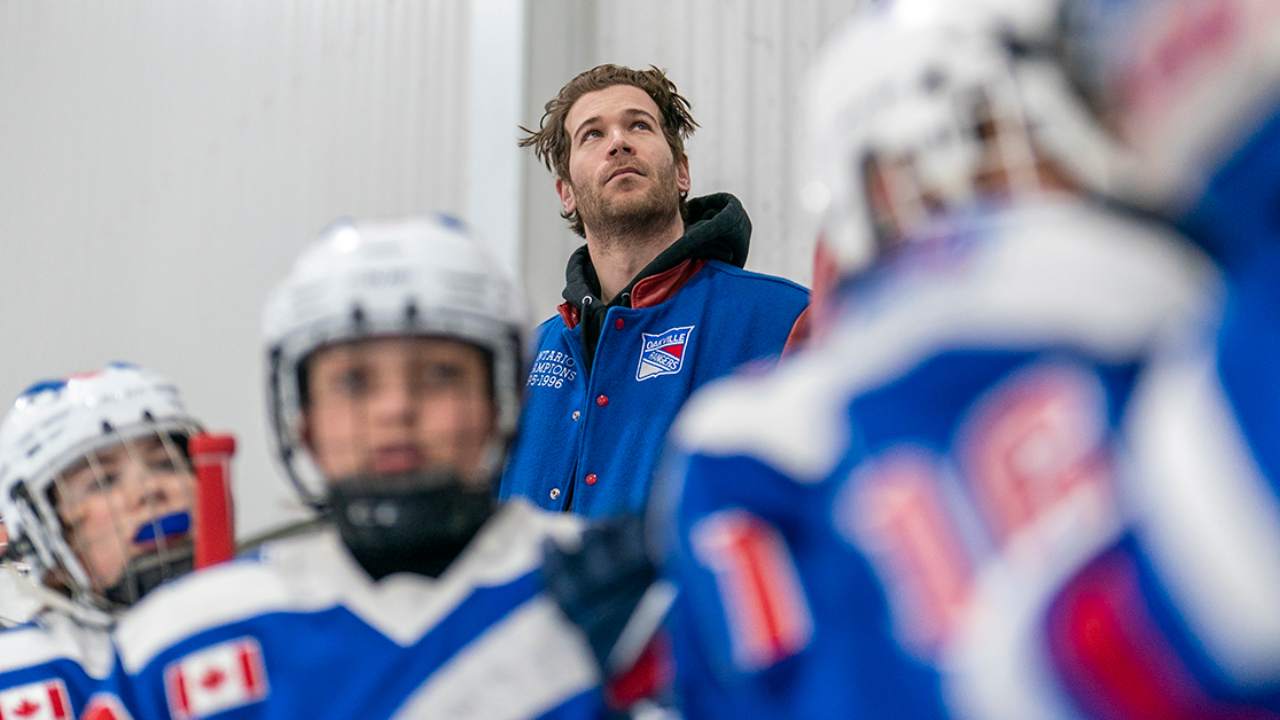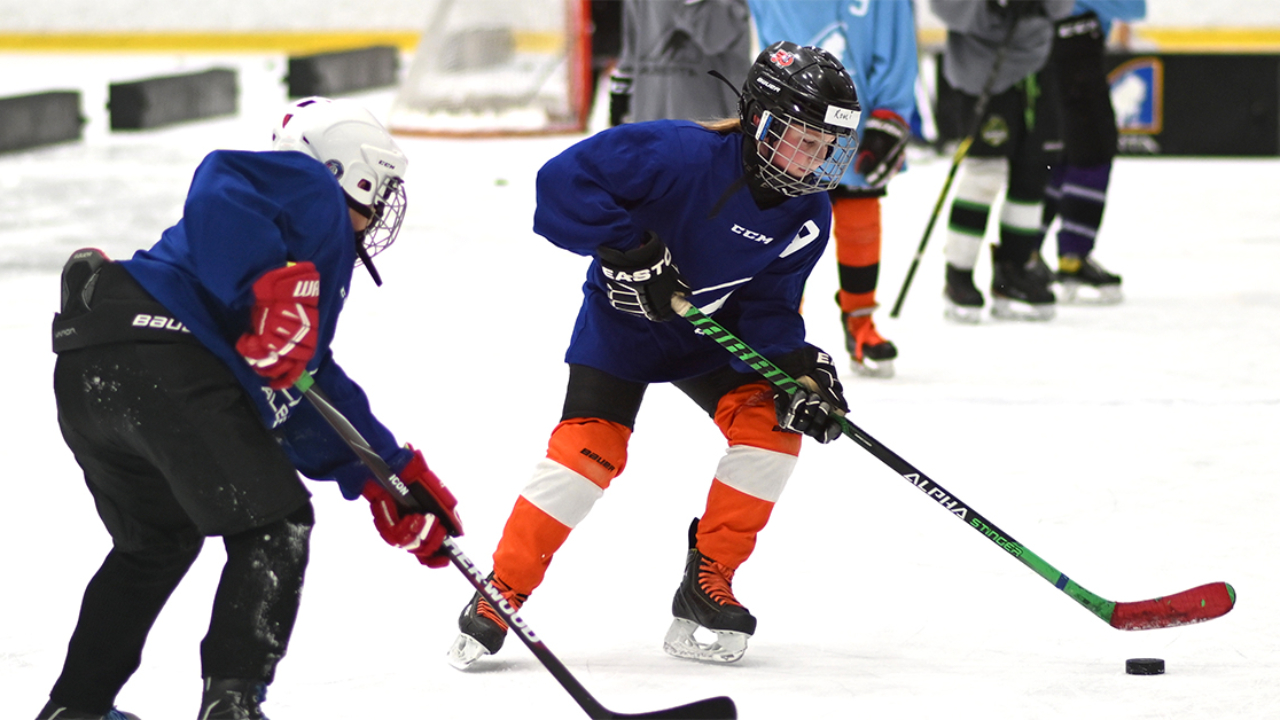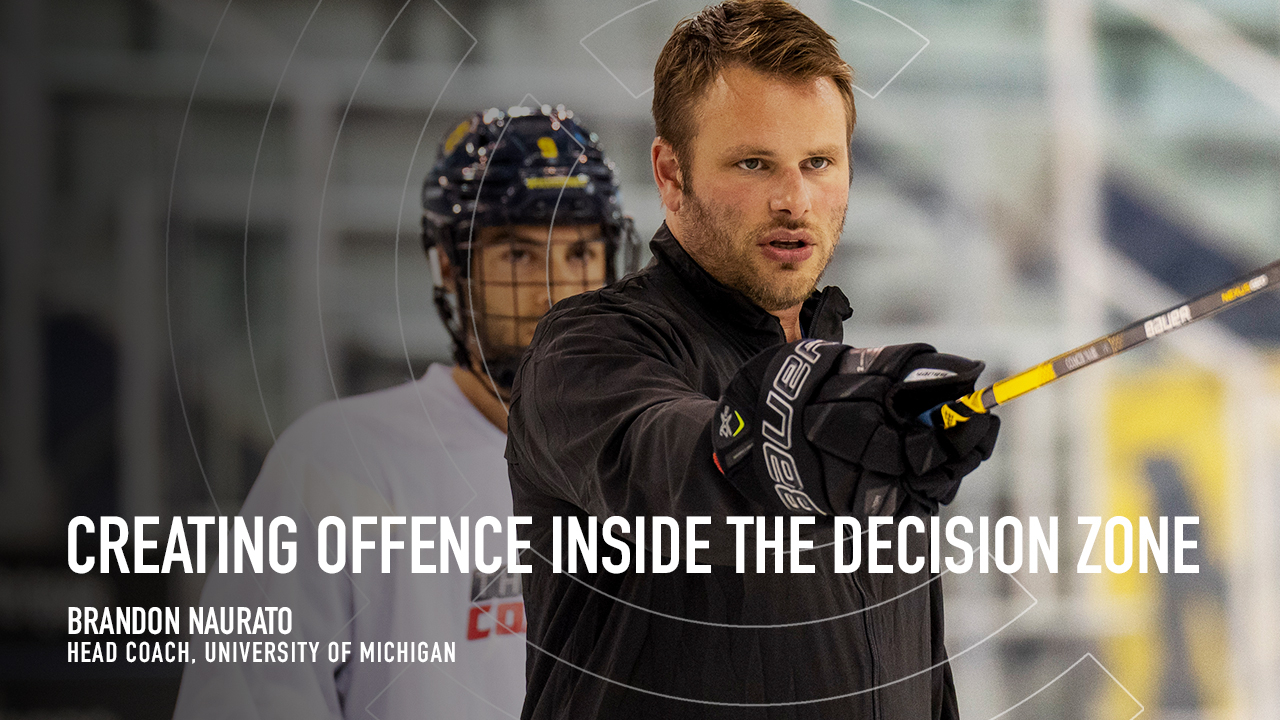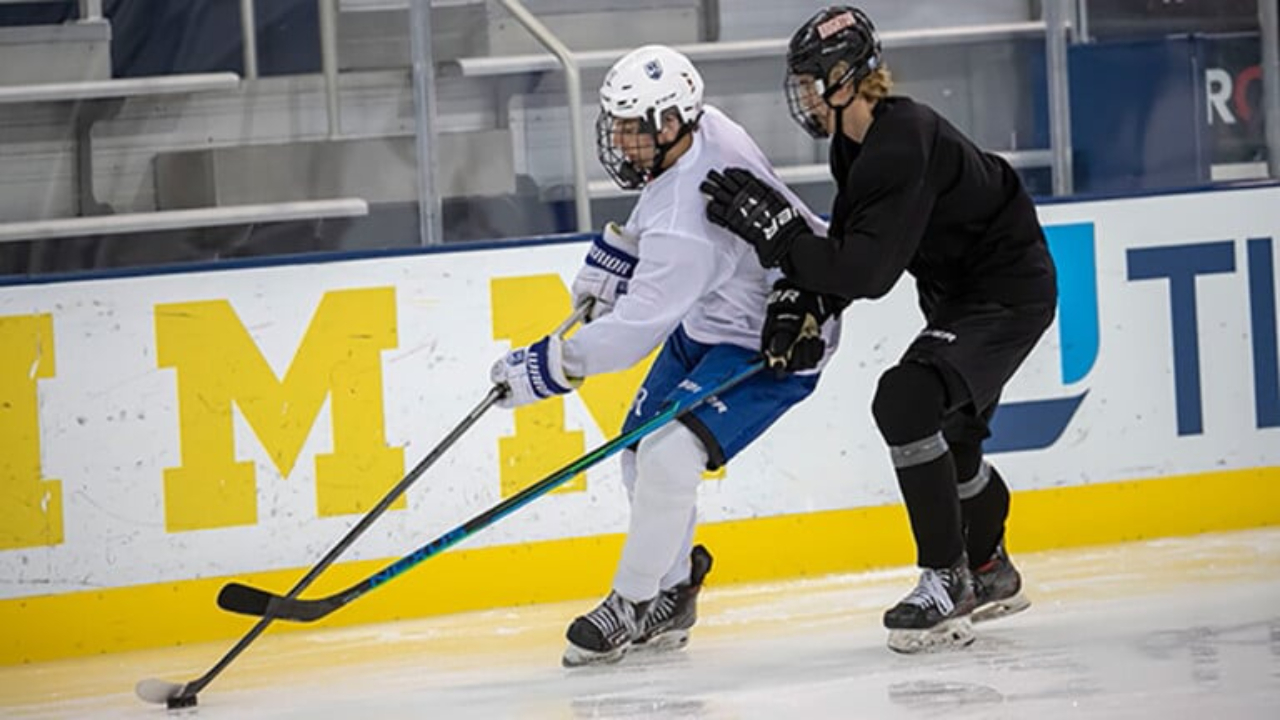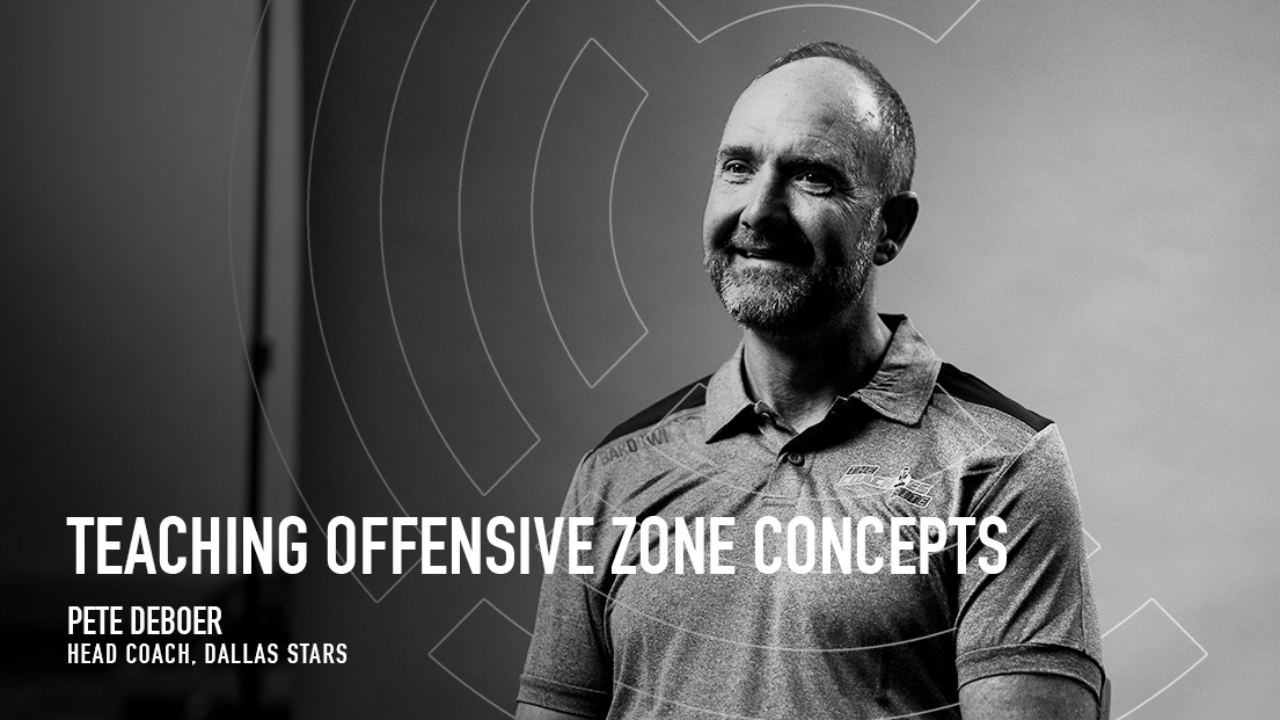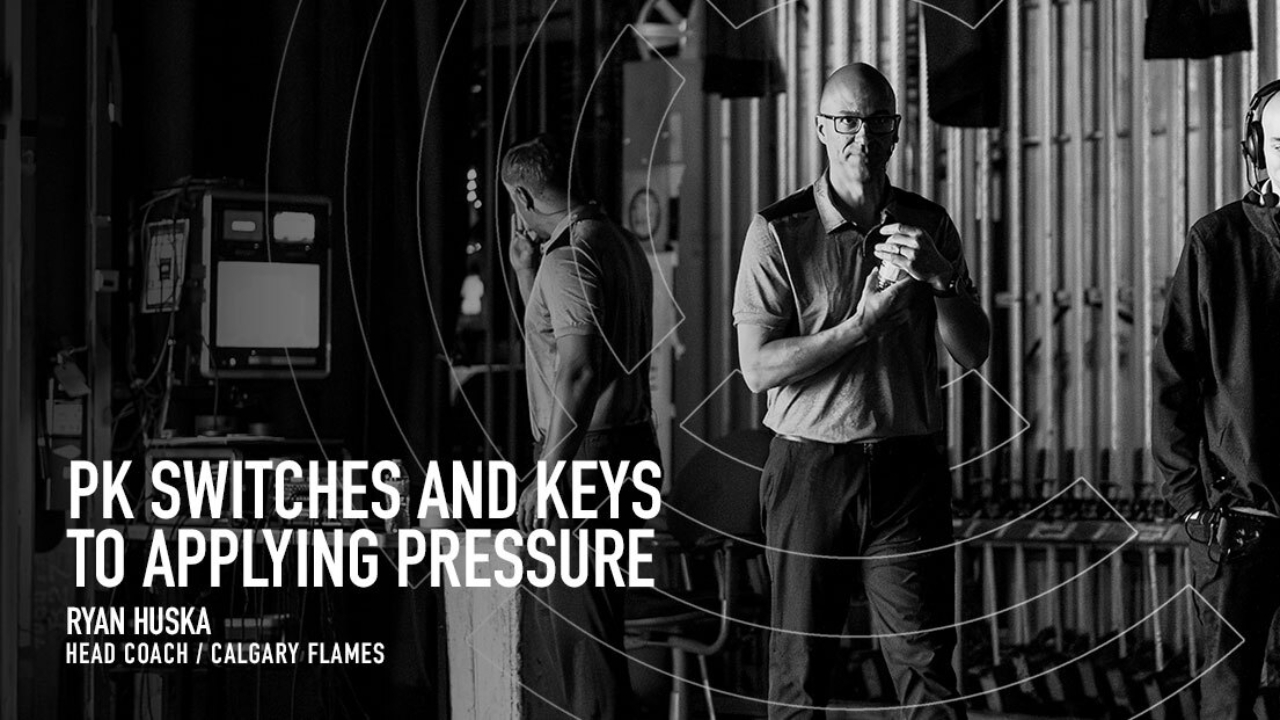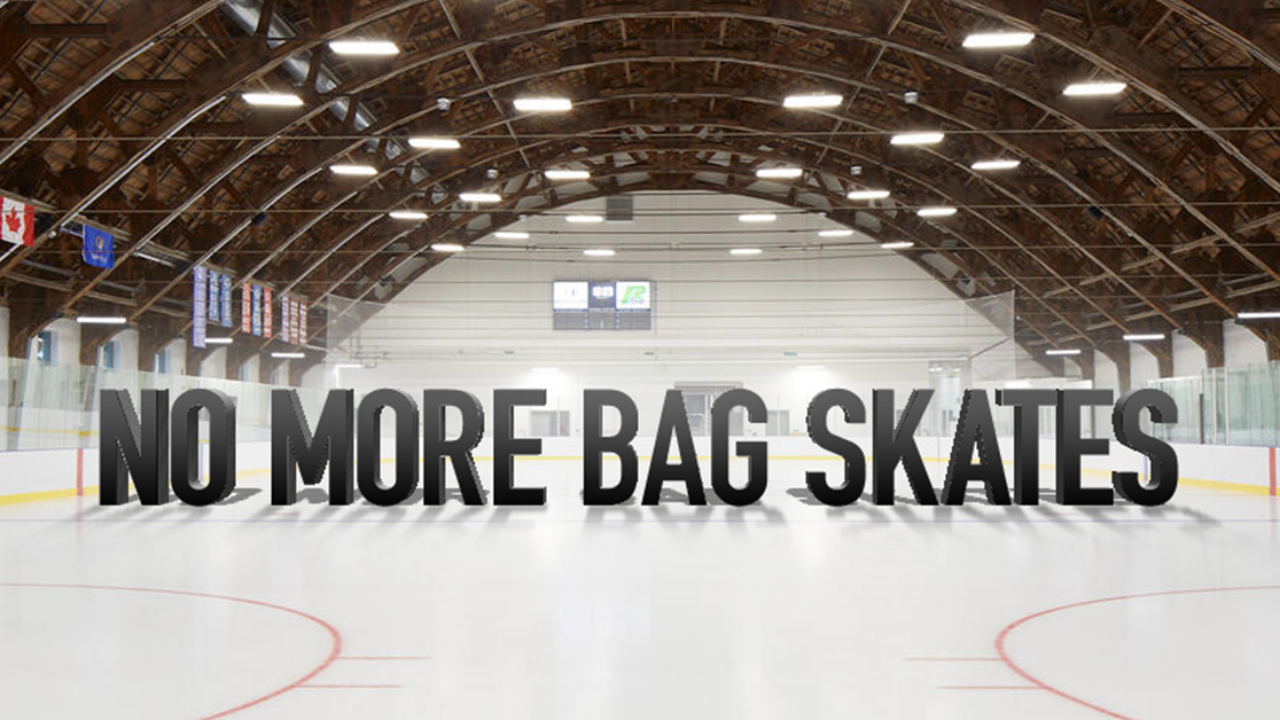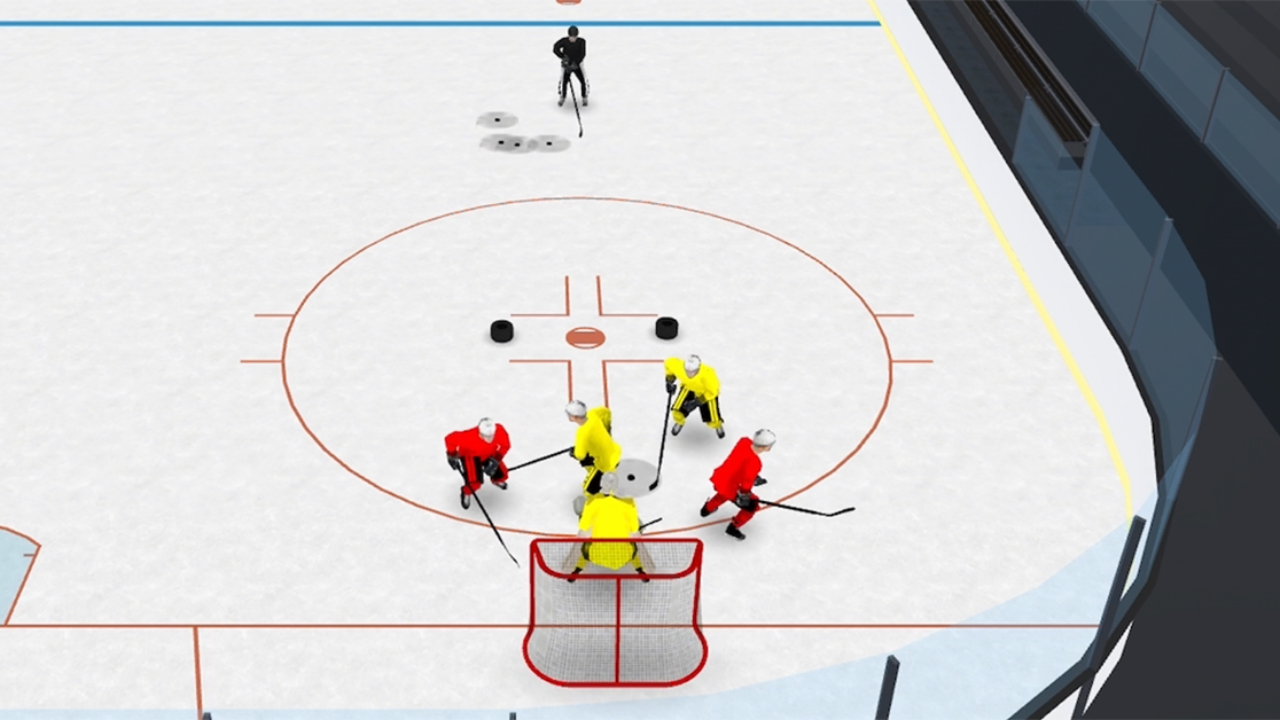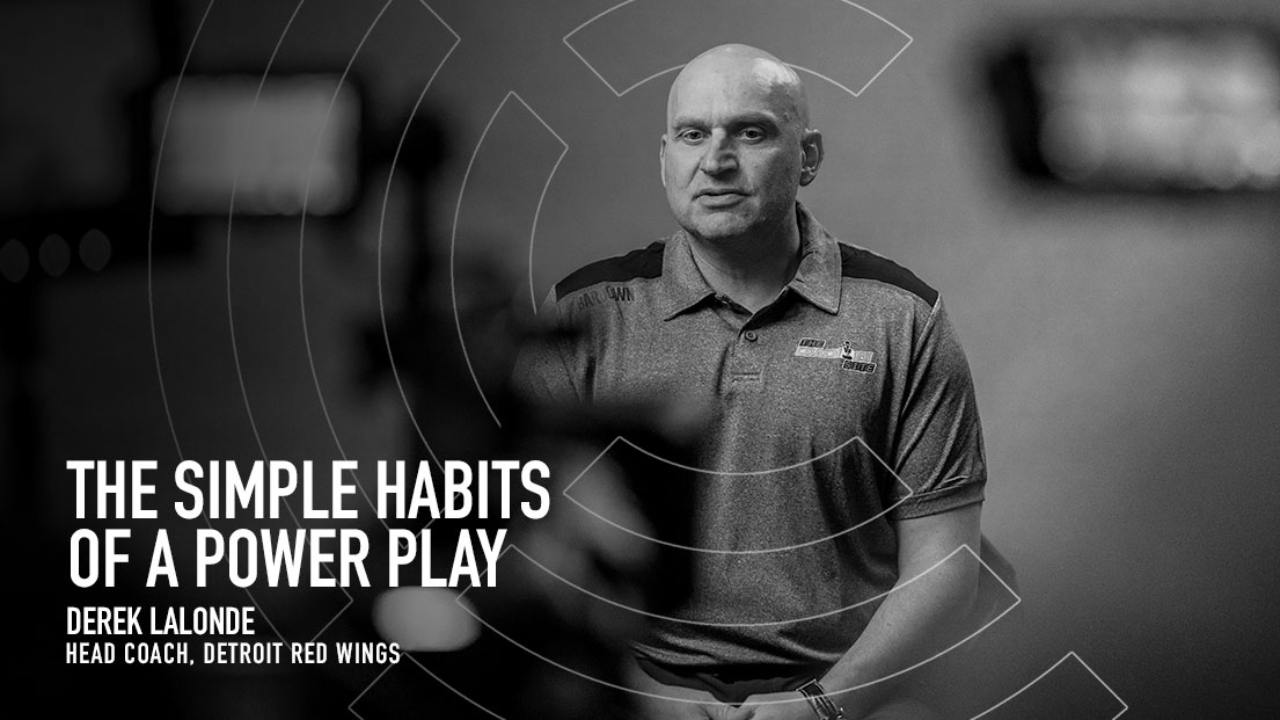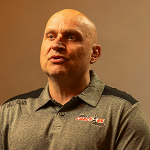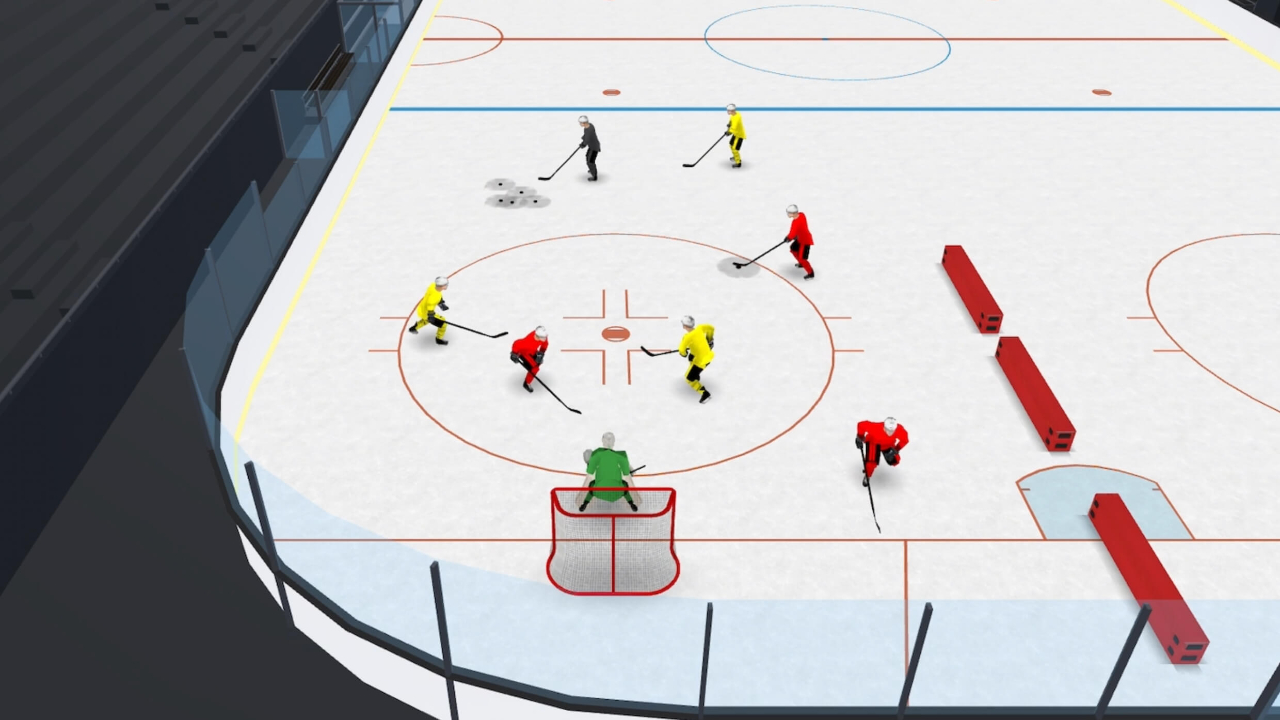"A slide is a deceleration, we need to get em down in a glide."
- Amy Brolsma
Daniel Broberg has posture control. Victor Kraatz has a power stance. Amy Brolsma has turkey feathers.
Brolsma helped a group of hockey players in Minnesota in the fall of '24 by slowing down and focusing on the deep practice of skating, starting with the ankles, hips, and the power in the lower body. Teaching skating is a crucial piece of the development puzzle, and it's unique in that it's the only skill that gets tougher to teach the older the players are. Imagine skating a certain way until you're 15, 16, or 27 years old - baked-in habits are tough to break. Think about it - Nathan MacKinnon and Connor McDavid look completely different when they skate. So does Ryan Reaves. But when they shoot the puck it generally looks similar.
That's why Amy Brolsma focuses on the fundamentals of skating, the slow, purposeful posture and stance through the shoulders, hips, and ankles.
"Give me my turkey feathers!" Brolsma wants her players to push their comfort zone so they can learn and retain new skills. She stops her players and corrects them continuously. It's a balance - players have to work on these skills in order to improve them, but she wants them to practice the fundamentals properly before adding speed, which requires strength. She shares a drill in which one of her college players failed continuously. You'd think by the time someone is playing college hockey they'd have these fundamentals down, but that's not the case. When it comes to skating, everyone is skating their own race. Every player looks different and needs different reminders.
This is part of what makes powerskating sessions so enjoyable. It's impossible not to be engaged, because if you have 6 or 7 or 18 players, there will be something to say to every single player. It can be a challenge but it's important. You might feel like you're talking a lot but each individual player only hears what you tell them directly.
"The best quick start is the one that covers the distance. You need to move, you need to get somewhere."
- Amy Brolsma
Mastering skating fundamentals is crucial in hockey because it forms the foundation for every other aspect of the game. Unlike other hockey skills such as shooting or passing, skating technique becomes increasingly difficult to modify as players age. Players often develop ingrained movement patterns that, if incorrect, can limit their potential and be extremely challenging to correct later in their development.
Proper skating fundamentals begin with correct posture and body positioning through the shoulders, hips, and ankles. These core elements affect a player's balance, power generation, and overall efficiency on the ice. When players rush into advanced skating skills without mastering the basics, they often develop compensatory movements that can lead to reduced performance and increased risk of injury.
Even at elite levels players may need to revisit and refine their fundamental skating mechanics. This is because efficient skating isn't just about speed - it's about control, balance, and the ability to execute complex movements while maintaining proper form. By focusing on deliberate, slow-paced practice of fundamental movements, players can build a strong technical foundation that will support their development throughout their hockey career.
